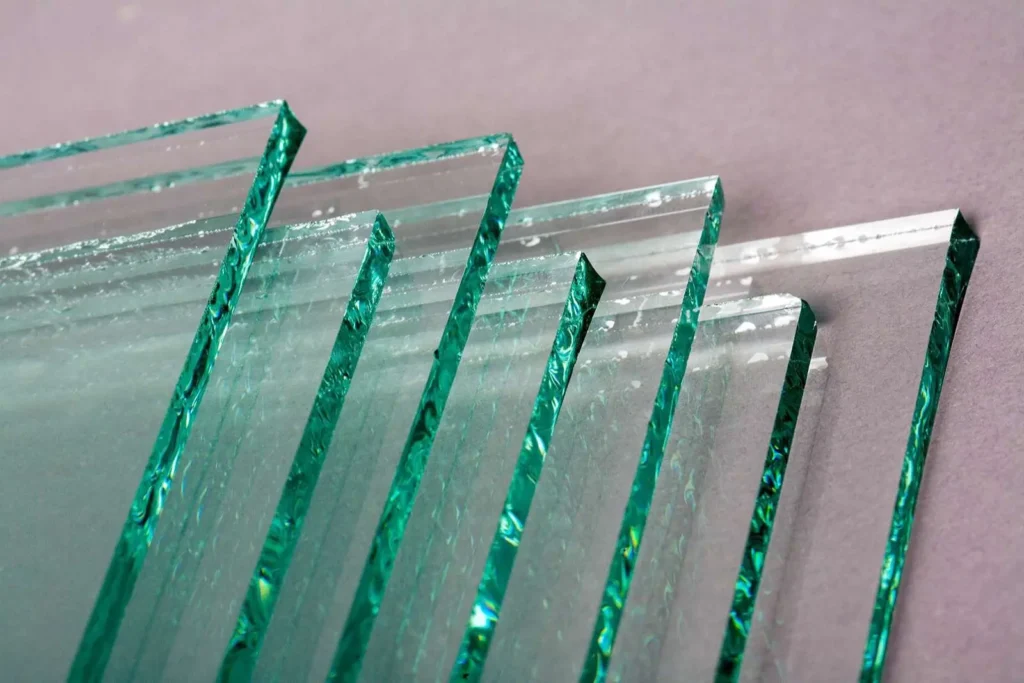Custom glass can be used for several purposes, adding to your home’s value. Different types of glass offer various benefits, making them suitable for both homes and businesses. Windows might have cracks or look outdated, so a replacement would be a good option. Here are five types of custom glass replacements:
Tempered Glass
Tempered glass goes through heat treatment that gives it better resistance to breakage and lasts longer than usual glass. Common uses for this custom glass include shower enclosures, patio items, and glass railings. The durable nature provides more safety as the glass will not break as easily as other glass. You can request different finishes, such as frosted, tinted, or patterned, for your glass. Storefront windows are often built using tempered glass because it resists impact from weather or accidents. Since it handles high and low temperatures well, it’s great for use in outdoor areas. Apart from shapes, users can also customize the panels, edges, and openings.
Laminated Glass
Laminated glass is formed by fusing together at least two layers of glass and a material such as polyvinyl butyral (PVB). The specialized layer of glass holds the sheets in place, which makes it safer in case of breakage. Pairs and arrays of glass can be merged to produce protected glass for security reasons. Laminated glass is often chosen for places that need to reduce noise, such as recording studios.
People can select laminated products with colored layers inside, designed patterns, and different levels of transparency. It is possible to use different glass thicknesses on each side of a laminated glass installation based on the requirements. Laminated glass is useful for making decorative dividers in indoor settings.
Insulated Glass Units
In insulated glass units (IGU), two or more glass panes are separated by an airtight spacer. With IGUs, moisture on windows is kept to a minimum during the cold season. You can add tinted glass as part of the customization for an insulated unit. These spacer systems are built by using materials such as stainless steel, aluminum, or warm-edge composites. There is less sound transmission through windows when using insulated glass with different kinds of panes. Builders can create IGUs in a range of shapes, such as arches, circles, and trapezoids, to give their projects a prominent touch.
Low-E Glass
Low-E glass features fine metal coatings that allow certain light rays to pass through. Visible light passes easily through the coating, but infrared and ultraviolet rays are reflected. This type of glass prevents furniture and artwork from getting damaged by the sun. Low-E glass is effective in skylights, sunrooms, and buildings with many large sun-facing windows. Although the thin coating is almost invisible, it enhances the insulating properties of any window. Changes in the coating positions of an insulated unit can help it be more efficient during summer or winter temperatures. Additional obscuring or tinting treatments may be applied to Low-E coatings for privacy purposes.
Decorative Glass
Making a space interesting is easy with decorative glass, which gives an elegant and unique look with its patterns. Frosted designs in windows are usually made using techniques like acid etching. Shapes made from stained glass are held together by lead came or copper foil for interesting light effects. Sandblasting enables you to add logos, designs, and patterns in different colors to glass. Glass textures like rain, reeded, and hammered styles are offered for an attractive appearance. Digital printing makes it possible to put images or designs directly on glass. Adding beveled glass to entryways and cabinet inserts can create a refracted light that looks stunning.
Install Custom Glass
When deciding if you want new windows, determine what benefits you want from a custom replacement. You may prefer a more stylish design, or you may find that trapping heat and muffling outside noise is more beneficial for your needs. Reach out to a glass artisan to find a suitable custom design for your project.
Also Read-First Home Buyer’s Playbook: Smart Tips to Win Your Dream Home


